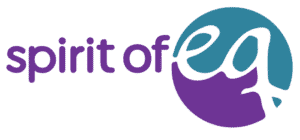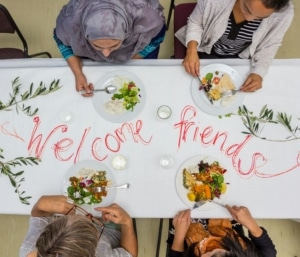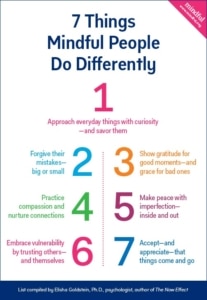The Power of Posture: Transforming the World Through Spiritual Alignment
In this world that often feels fragmented and disconnected, the quest for harmony and understanding becomes even more pressing. We search for ways to bridge divides, foster empathy, and cultivate a sense of belonging. What if the key to this transformation lies not in grand gestures or sweeping reforms, but in something as simple and personal as our posture?
I would like to suggest that when we think of posture, we typically envision the physical—how we stand, sit, or move. Yet, posture is so much more than a physical stance; it is a way of being, a manner in which we present ourselves to the world. It encompasses wonder, empathy, openness, gratitude, compassion, hope, and empowerment. You can consciously aligin your physical and spiritual postures, you can create ripples of change that extend far beyond yourself.
The historical roots of how the concept of spirituality has evolved over centuries, originating from the Latin word *spiritualitas* in the 5th century. Initially, it referred to spiritual conduct and devoutness, but over time, it has come to signify an inner, personal spiritual life. This evolution mirrors the way our understanding of posture has expanded beyond the physical to include the spiritual and emotional dimensions.
In the early days, spirituality was closely tied to physical expressions—kneeling in humility, raising hands in praise, or sitting in meditation. These postures were not mere rituals; they were profound expressions of one’s inner state and alignment with a higher power. Today, as we seek to reconnect with the essence of spirituality, we can draw inspiration from these ancient practices, recognizing the deep connection between our physical and spiritual selves.
Our physical posture is our reflection to the world and often serves as a nonverbal communication of our internal spiritual/emotional states. Consider the act of kneeling, which conveys humility and reverence, or the lifting of hands, symbolizing joy and praise. These gestures are more than symbolic; they are powerful expressions of our spiritual alignment to ourselves and world around us.
When we sit with closed-off postures, such as folded arms, we may be signalling a lack of engagement or a guarded heart. Conversely, an open and upright posture can reflect a readiness to embrace new experiences and connect with others. By becoming aware of our physical postures, we can cultivate a deeper understanding of our spiritual attitudes and intentions.
The relationship between posture and spirituality is bidirectional. Just as our spiritual mindset can influence our physical posture, so too can our physical stance impact our spiritual experiences. This mind-body connection is a powerful tool for enhancing our spiritual practices.
Remember that what some people call “soul” and others call “energy” is the essence that flows through us. our “isness” if you will. what makes us, us. without it we are not here. And that essence is what we might be calling spiritual or our true nature. More on this concept in later blogs.
Taking an upright posture, for example, allows for better breathing and energy flow, supporting spiritual focus and clarity. Ritualistic body postures, such as bowing or prostrating, can facilitate a deeper spiritual connection, anchoring our beliefs and practices in the body. By consciously adopting postures that align with our spiritual intentions, we can create a more holistic and embodied spiritual/emotional experience.
Our physical postures also have profound psychological effects, influencing our emotions and mental states during spiritual practice. Downcast or constrictive postures may evoke feelings of humility and introspection, while upright or expansive postures can inspire confidence, praise, and a sense of empowerment.
By experimenting with different postures, we can explore the psychological and emotional dimensions of our spirituality and emotions. This exploration can lead to greater self-awareness and a deeper connection with our inner selves, our isness, fostering a sense of peace and fulfillment.
Empowerment is a key aspect of both posture and spirituality. When we stand tall and open, we project confidence and strength, embodying our spiritual identity. This empowerment extends beyond the individual, influencing our interactions with others and our ability to effect positive change in the world.
By embracing postures that reflect empowerment, we can inspire others to do the same. Our physical stance becomes a beacon of hope and possibility, encouraging those around us to stand tall in their own spiritual journeys. In this way, posture becomes a powerful tool for creating a more harmonious and compassionate world.
Gratitude and compassion are integral to both posture and spirituality. When we adopt a posture of gratitude, we open ourselves to the abundance of life, recognizing the beauty and blessings that surround us. This openness fosters a sense of connection and belonging, nurturing our relationships with others and the world.
Similarly, a posture of compassion invites us to extend kindness and understanding to ourselves and others. By embodying compassion in our physical stance, we create a space for healing and reconciliation, bridging divides and fostering unity.
In a world that often feels divided and disconnected, the power of posture offers a simple yet profound path to transformation. By aligning our physical and spiritual postures, we can cultivate wonder, empathy, openness, gratitude, compassion, hope, and empowerment. These qualities become the foundation for a more harmonious and compassionate world.



